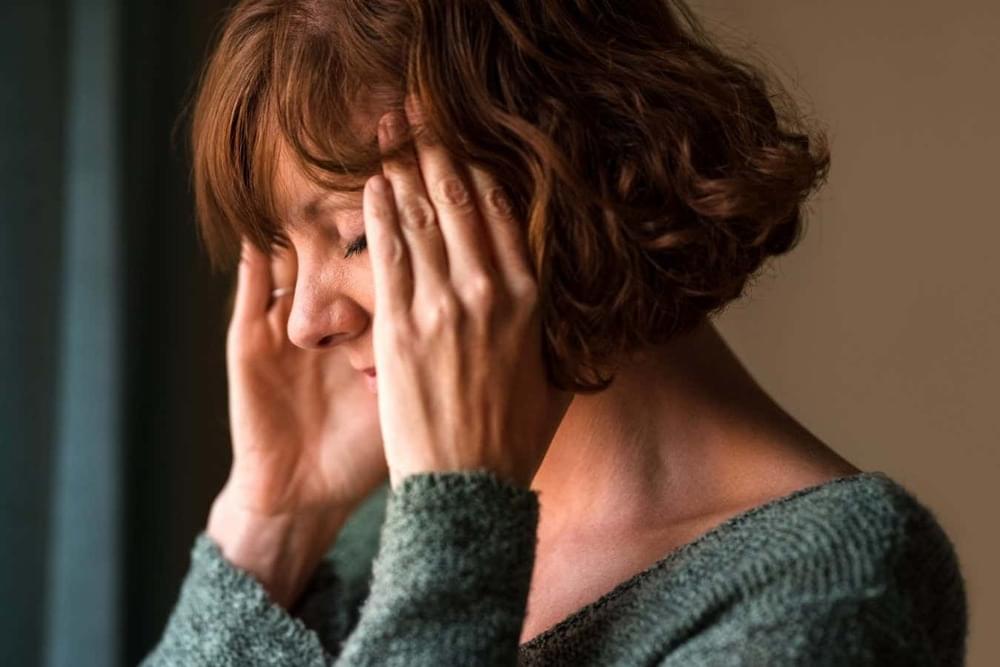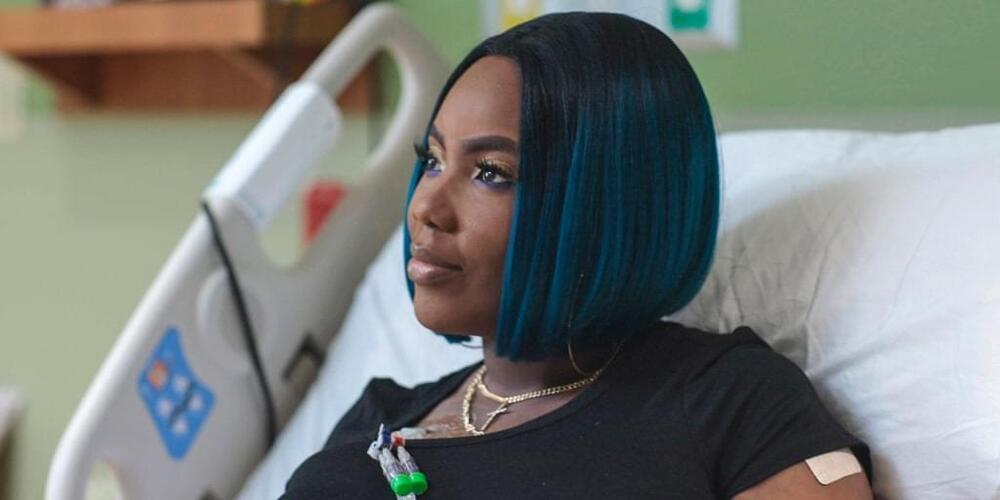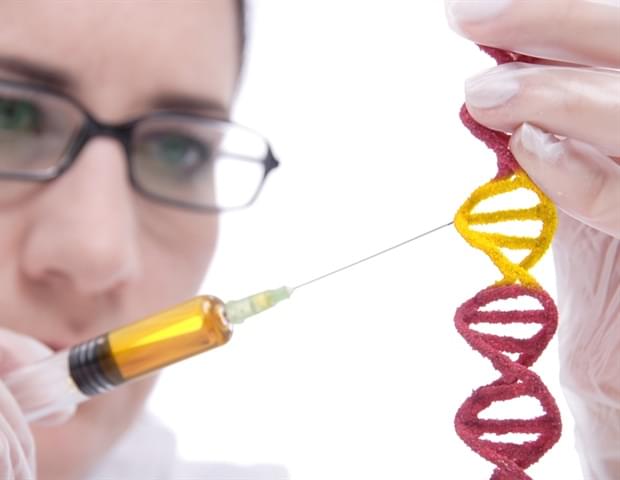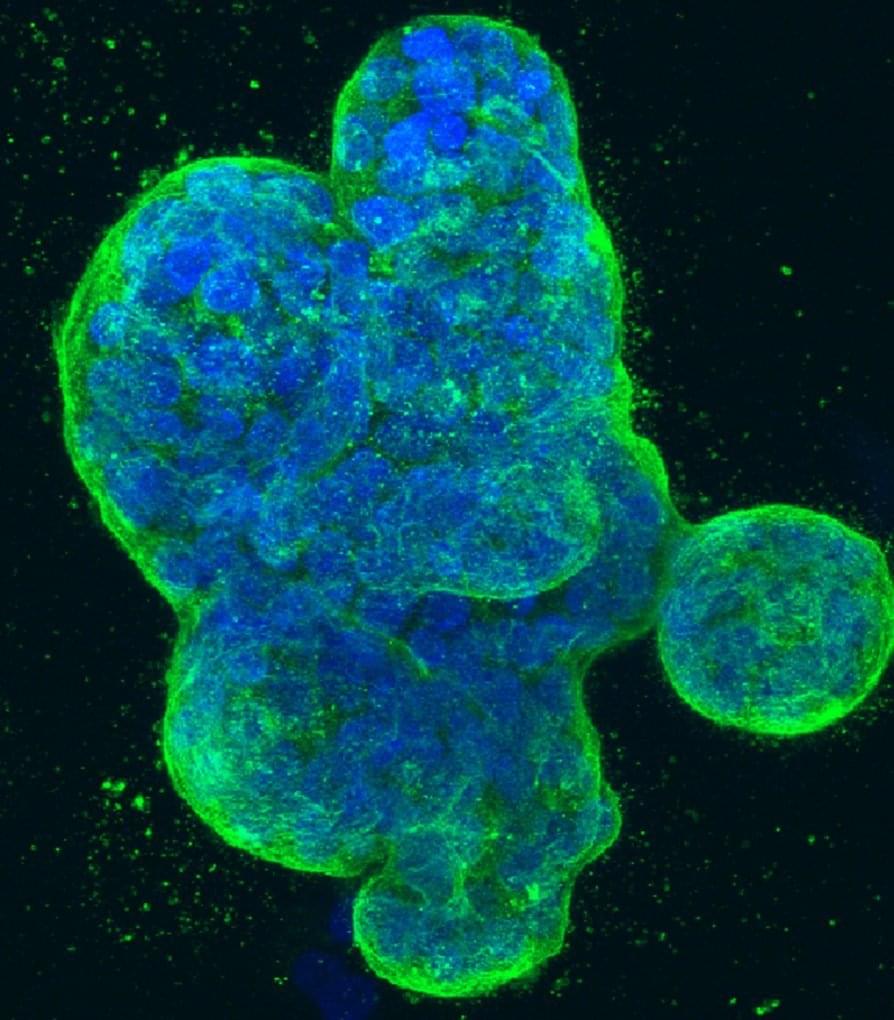A new study is finding that greener neighborhoods protect telomeres which prevent aging on a genetic level.
The role of telomeres in aging
Telomeres are repetitive sequences of DNA found at the ends of chromosomes that play a crucial role in preserving the integrity and stability of the genetic material within a cell.
As cells divide and their telomeres become progressively shorter, they eventually reach a critical point where they can no longer divide. This state is known as cellular senescence, and it is associated with aging and age-related diseases.
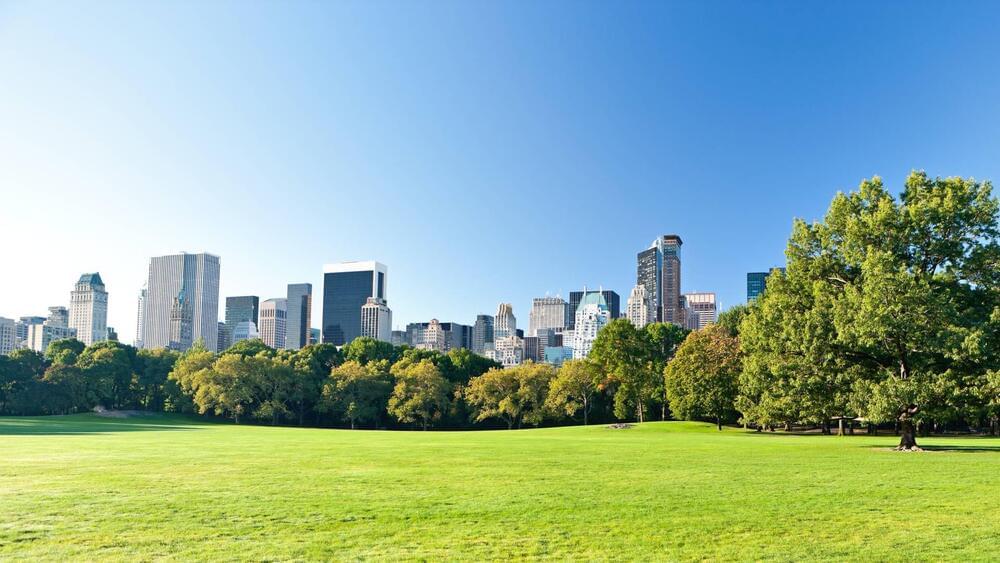


 Fyodor Urnov, PhD, is a pioneer in the field of genome editing and one of the scientists most invested in expanding the availability and utility of CRISPR-based therapies to the broadest possible population. He envisions a world in which genome editing can treat the nearly 400 million people who are suffering from one of the 7,000 diseases brought on by gene mutations.
Fyodor Urnov, PhD, is a pioneer in the field of genome editing and one of the scientists most invested in expanding the availability and utility of CRISPR-based therapies to the broadest possible population. He envisions a world in which genome editing can treat the nearly 400 million people who are suffering from one of the 7,000 diseases brought on by gene mutations.